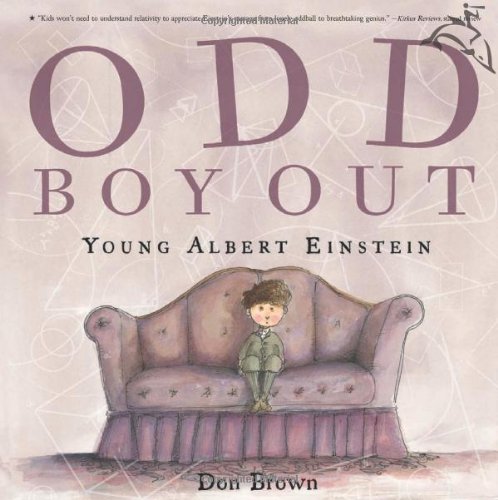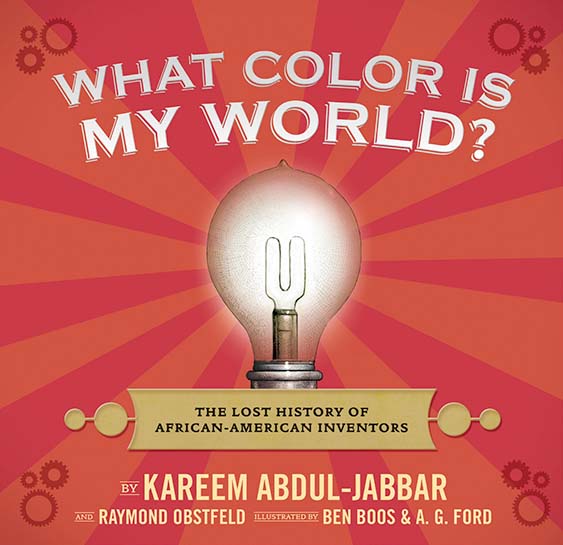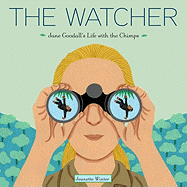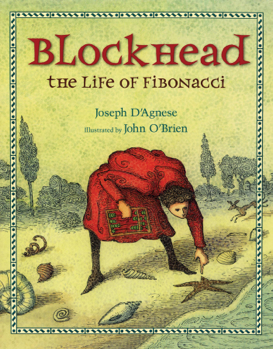
Scientists were kids once themselves—kids who wondered, kids who tinkered, kids who made mistakes. Connect Howtosmile.org activities with biographies of scientists and mathematicians for library summer reading programs like Fizz, Boom, READ! and Bedtime Summer of Numbers.
Read Odd Boy Out: Young Albert Einstein by Don Brown in connection with the game Light Quest. The game board in this activity represents an atom and each player is an electron bumped into the atom's outer, unstable orbit. The first player to make it around the board pops back into stable orbit, emits light from the atom, and wins! The activity has links to information about Albert Einstein's discovery of the photoelectric effect, which won him a Nobel Prize.


Read The Watcher: Jane Goodall's Life with the Chimps in Connection in connection with the activity Wear a Chimp on Your Wrist. Learners make a bracelet with two strands of beads, representing a double strand of DNA that codes for a gene. They match beads to the bases in a section of chimp DNA, and can also replicate DNA of other animals and plants including a monarch butterfly, sunflower, and even a human.

Read Blockhead: The Life of Fibonacciby Joseph D'Agnese and John O'Brien in connection with the art activity Peddling Petals. Make brightly colored tissue paper flowers in the setting of a flower-making fundraiser, to explore patterns in nature as did mathematician Fibonacci, for whom the Fibonacci Sequence is named.You can find lots more STEM reading connections at Howtosmile.org and at your local library.
